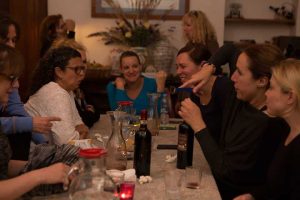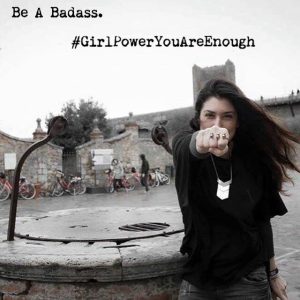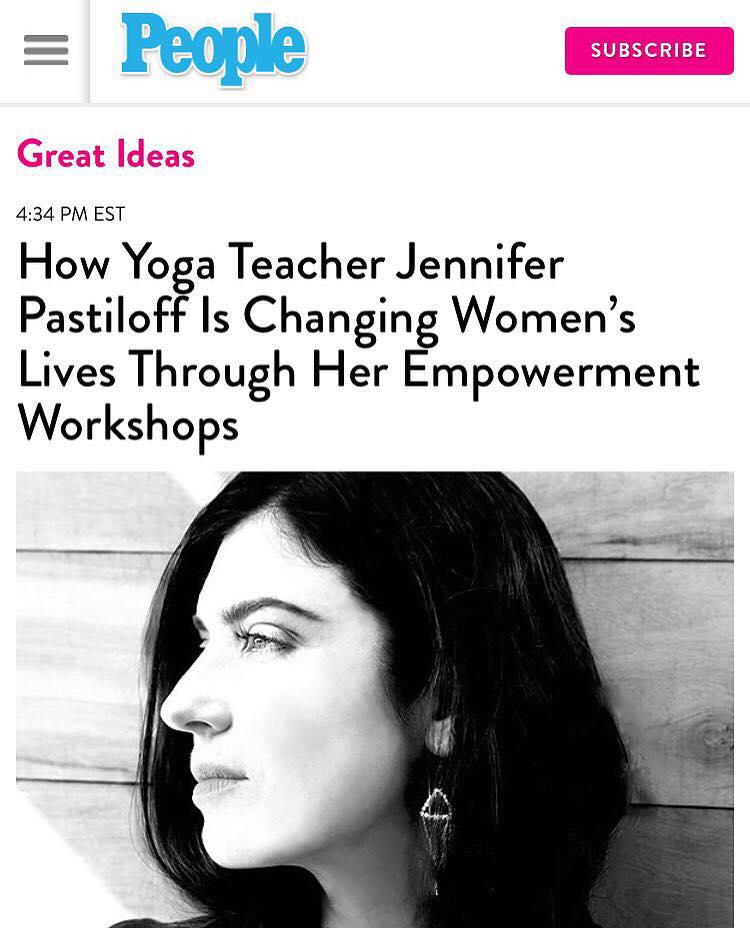TW: This essay discusses rape and trauma.
By Ashley Doonan
“It has been a pleasure working with you,” Dr. Leslie says as he hands me a cab vouch to North Station, “we’re here if you need us.” The taxi drives down McLean hill and I gently loosen my hospital bracelet. “This is it,” I think to myself, “this is learning to walk again.” I breathe deeply and stare into the sun.
Three weeks prior, it was raining. I stood in the Clinical Evaluation Center, second-guessing why I was there. A nurse spoke gently, “we’re sending you to the Trauma Unit.” The semester prior, I had finished my Master’s thesis on a subject matter related to trauma—I knew all of the signs and the symptoms, the causes and the effects. Still, identifying myself as a sufferer remained alien to me. It couldn’t possible be me, I thought that day, how did I become this fragile? I often find myself wondering what are the evolutionary mechanisms that cause intrusive thoughts after a traumatic event occurs? Perhaps it is for safety, but the pain that is produces emotionally seems utterly unproductive. Even the trauma specialists lack the answer to this underlying question. Thus, we sit with these thoughts day after day, desperate for a means of escape.
Something many people fail to understand is how visceral flashbacks can be. Some days pass without me thinking about it, while others instantly take me back the night that another body was forcibly intruding upon my own—the screams, the blood, the darkness, the animal nature of my assailant. I escaped in a dissociative trance, thankful for my body’s ability to numb itself so thoroughly. Eventually, though, the emotions hit relentlessly. The images carve themselves into my mind. Both my mind and body was fragmented that evening into so many tainted pieces that I questioned my ability to stay alive—to stay above water. But it is in those moments that the body fights to stay alive the most.
Months later, I find myself at the Trauma Unit. There, twenty women who are also startled by loud noises and terrified of large crowds surround me—their ages ranging from 18 to 65, for injustice doesn’t discriminate. These women, they get it. Nonetheless, they are some of the most fierce, inspiring, and creative souls that I have yet to meet. I take their words and treasure them; I keep them in my soul for safekeeping. At the Unit, they teach us skills to manage our symptoms. They give us prazosin and weighted blankets for the panic attacks. The doctors perform their experiments of trial and error, until something sticks.
After three weeks on the unit, I have seen many others come and go. My stay was longer than most, however, I don’t regret a moment of it. Things for me are not “fixed” by any means, for I believe that term ought not exist in relation to psychological health. After three weeks, I not fixed, but I am mending—I am learning to live despite the unspeakable things that have happened to me. I am learning that healing is not linear. This is when they let me go; I step into the taxi that ushers me to my train, centrally located amid the city of Boston.
Here, I start my journey to a life without hospital bracelets. Here, I begin again. A silent rebirth of sorts. After my sexual assault, coming back to my body was the most difficult task—sometimes I still take showers that span for hours, as though I can scrub myself clean of my capture. But my body is still the same. My complexion is still pale. My heart is still beating. It is during these moments that I reclaim my body as my own; I set myself free, one breath at a time.
I arrive home and open my windows and organize the state of disarray that I left my condo in. I snuggle up with my cat and take photos of her to send to my hospital friends. I feel the breeze and blast the music, if only to escape my own silence. After my belongings are unpacked, I realize that I don’t know what to do. I sit on my couch and ponder for a moment. Dr. Leslie’s words run through my head; “During the next few months, you’re going to hold your breath and swim underwater. But you’re a strong swimmer, and you’ll make it to the other side.”
I’m still adjusting to my newfound land legs. Daily, I practice breathing underwater. I practice endurance. I plan my days out meticulously as I was trained to do in the hospital, this time without the bracelet. I talk walks—I let the wind flow through my hair and the sunlight bronze my skin. On my strongest days, I face the part of town where I fist met my assailant. On my weakest days, I still shake at the thought of facing the incompressible reality that has led me on this path. This path is one that I am still paving for myself each day, planting flowers in what used to be dead soil.
I am no longer afraid to speak about my trauma and its effects, especially to those who are still working to identify themselves as survivors, just as I was. I believe that there is resilience buried beneath us all—sometimes it just takes a great amount of time and effort to grasp onto it. But when you find it, hold on tight, for it will teach you to swim underwater. Mental illness is still shamed and stigmatized, and it for that reason that I raise my voice.
Beyond the hospital, there are paths waiting to be treaded upon. There are lives waiting to be created. Contrary to popular belief, there are occasions where I find strength in looking back upon what I have lived through. Thus, I keep my hospital bracelet as a token of survival—a reminder of where I am headed. With the bracelet unattached, I ground myself to the pavement beneath my feet and the path that lies ahead.




Ashley: I am blown away by this stunning sharing. I’m not sure you can fathom how much impact this can have. I thank you deeply, and wish you well on your journey. Take good, gentle care <3